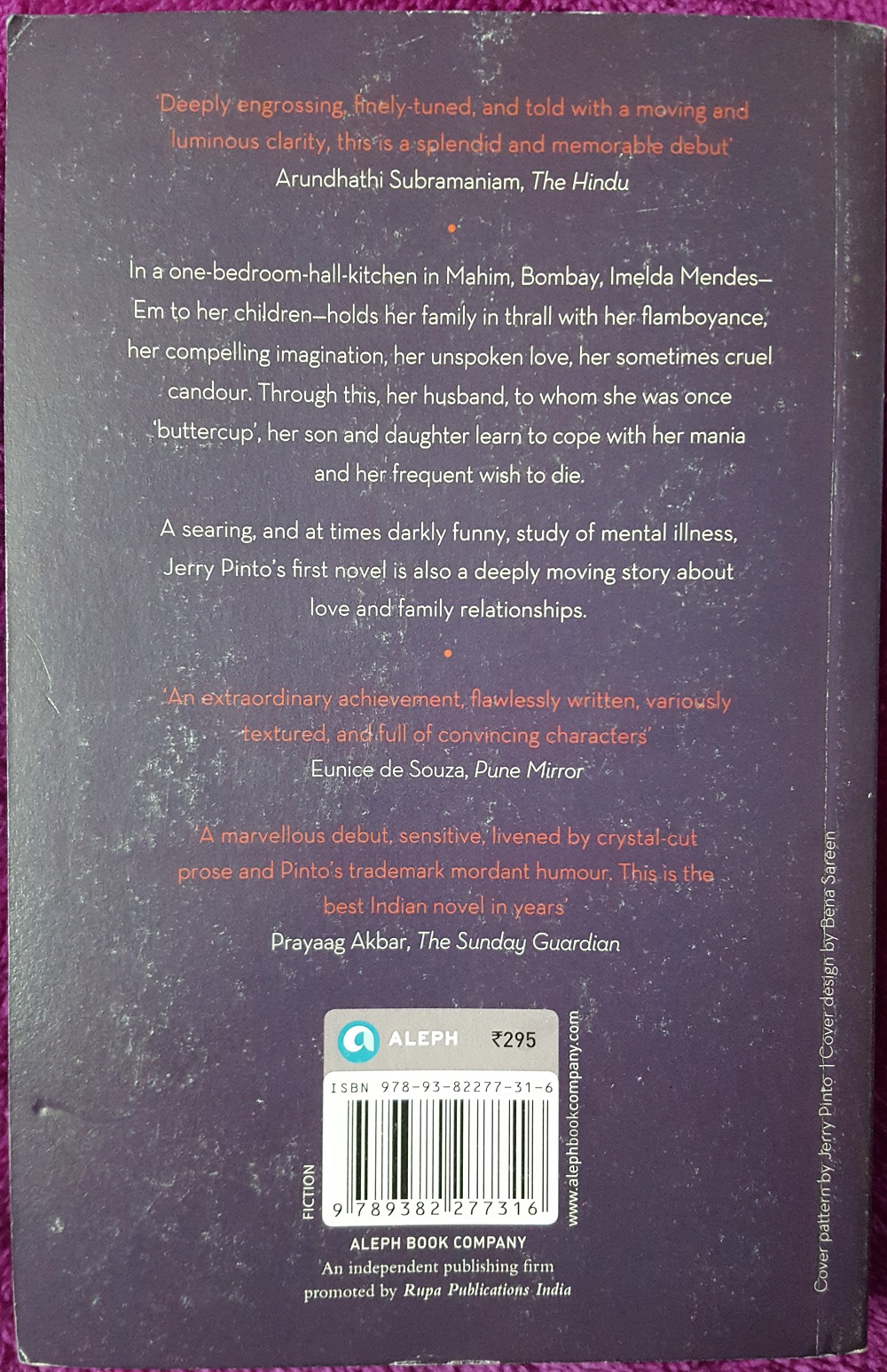
There are several types of bipolar disorder:

People can also exhibit an emotional state referred to as hypomania, a manic stage in which they feel very good, productive and high-functioning in this phase the person generally doesn't realize they have a problem, and the fact that they aren't acting normally is only apparent to family members and close friends. A person can, however, be in a "mixed state," in which both mania and depression are present at the same time or the fluctuation between the two states is very rapid.

Generally patients fluctuate between these two states, often with periods of normalcy between cycles which shortens over time (on average a person is free from symptoms for five years between their first and second episodes, with the respite lessening with each successive bout). The condition is recurrent 90% of those who have a single episode with have others over time. After a period of time - which could be a few hours, days or weeks - the individual will then move into a depressive phase, where they become unable to function, extremely sad and hopeless and disinterested in things they formerly enjoyed. They may also suffer from delusions, such as believing they're excessively wealthy or have special powers.

In the manic phase people may appear overly joyful, excited or agitated, and may exhibit erratic or irresponsible behavior.

Have been diagnosed with at some point in their lifetime.īipolar disorder manifests itself as extreme highs and lows in mood, with these swings being far more severe than people ordinarily experience. In Em and the Big Hoom, Imelda Mendes ("Em") suffers from bipolar disorder, a condition formerly known as "manic depression" that about 2.4% of people around the world This article relates to Em and the Big Hoom


 0 kommentar(er)
0 kommentar(er)
